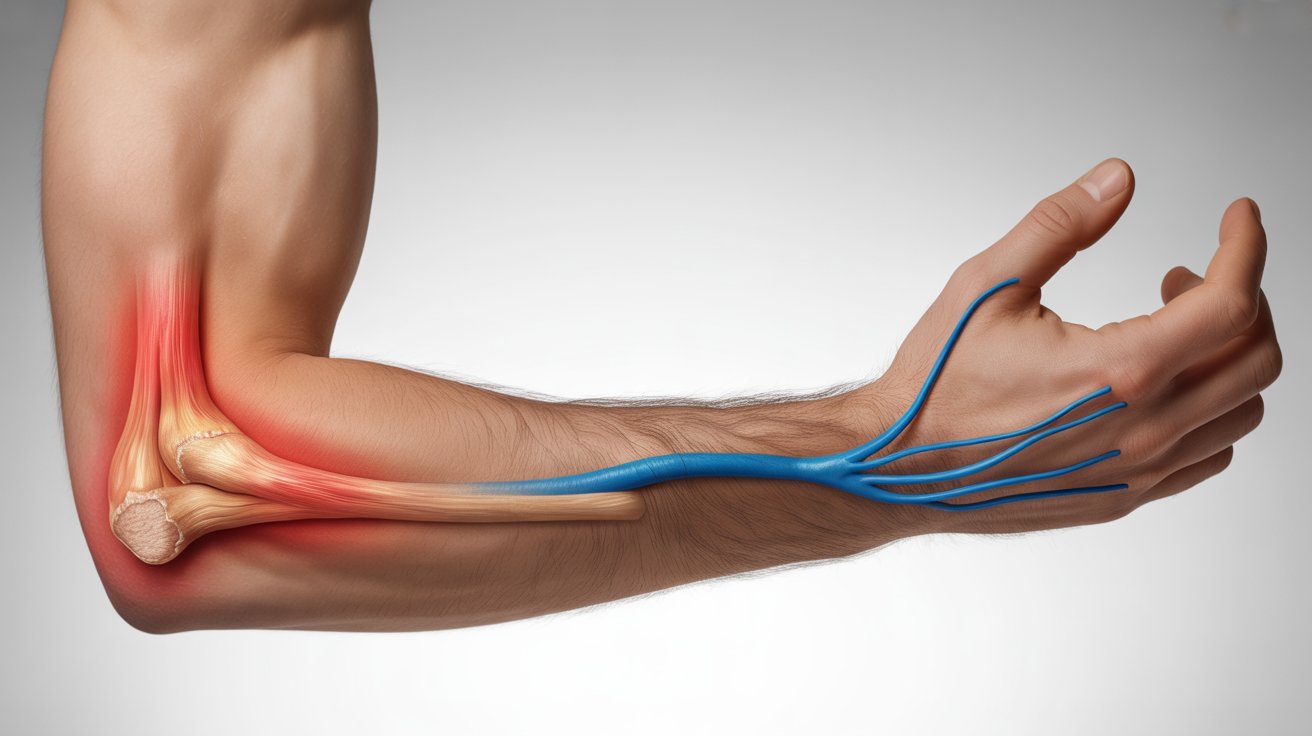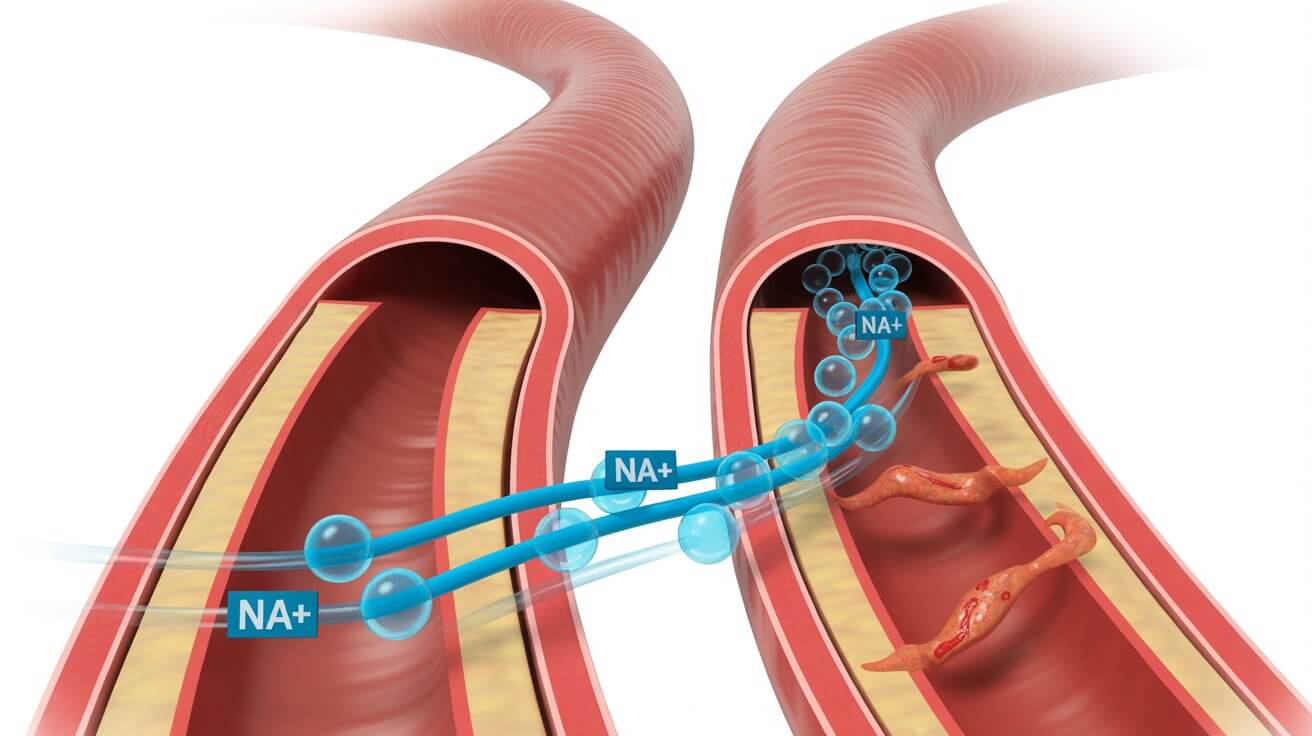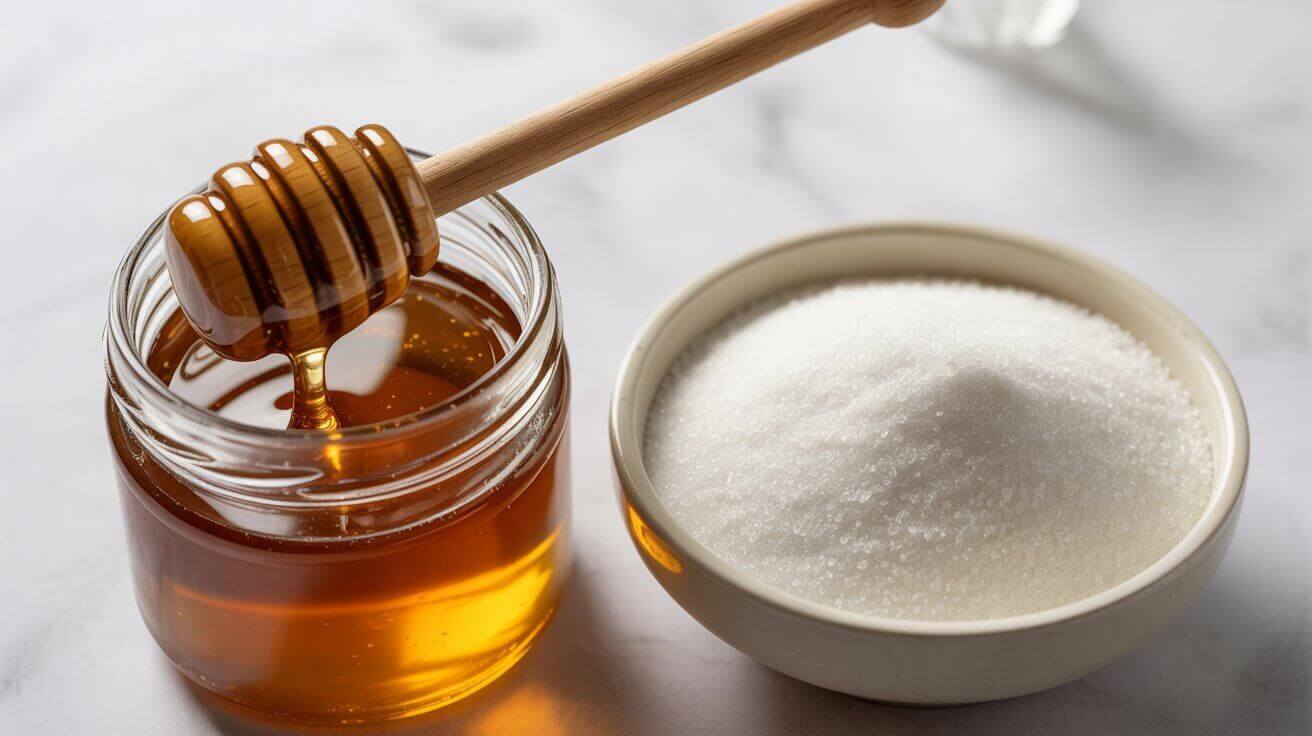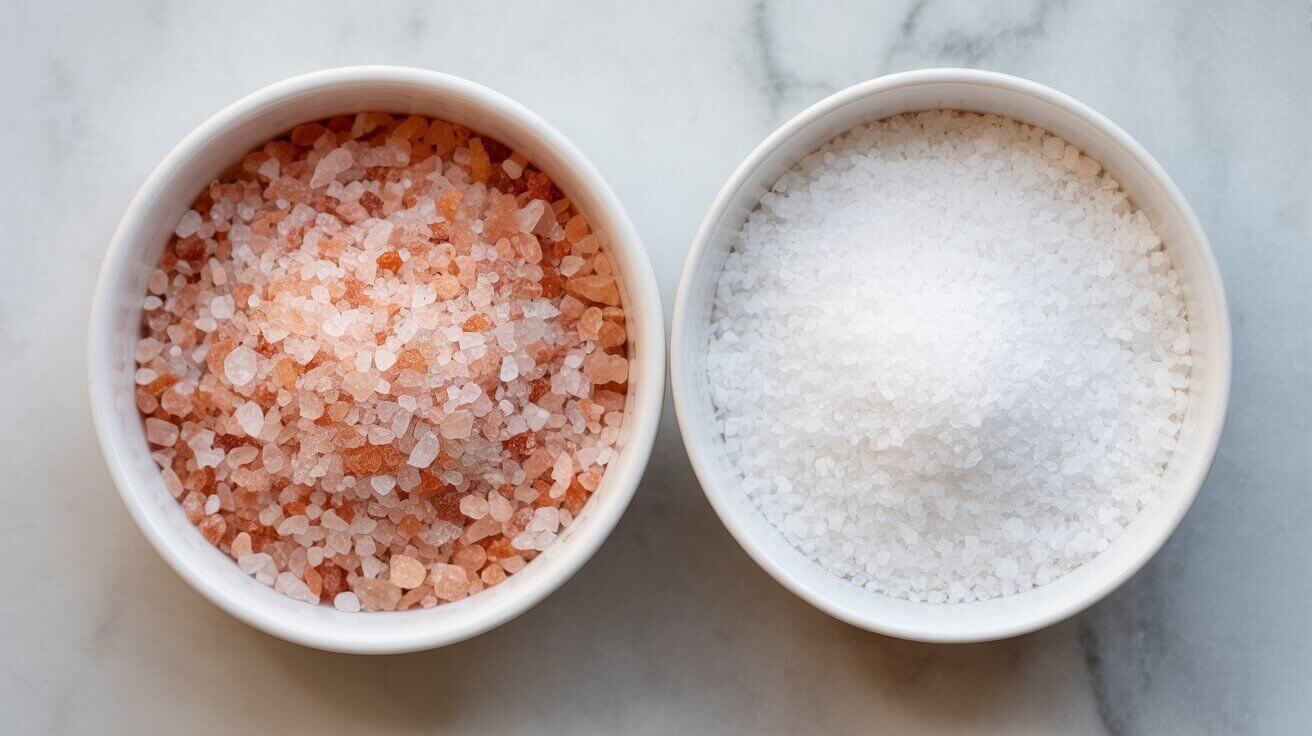It’s a familiar story for many: a twisted ankle that swells to the size of a grapefruit, a cut that becomes red and tender, or even the persistent joint pain that greets you every morning. These are all signs of inflammation, a process that, while often uncomfortable, is a fundamental part of how the body protects and heals itself. But what happens when this natural defense mechanism goes awry, turning from a temporary safeguard into a chronic condition that contributes to a host of health problems?
This article will explore what causes inflammation in the body, demystifying its origins and shedding light on the difference between the beneficial, short-term inflammation that helps us heal and the detrimental, long-term inflammation that can silently undermine our health. We will delve into the science behind this complex process, uncover its common triggers, and offer practical, evidence-based strategies to help you manage inflammation and support your body’s natural balance.
More Helpful Reads You Might Like:
The Two Faces of Inflammation: Acute vs. Chronic
Inflammation is the body’s immediate response to an injury, infection, or irritant. Think of it as the immune system’s first responders rushing to the scene of a problem. This is known as acute inflammation, and it’s a vital, short-lived process. When you get a splinter, for example, the area becomes red, swollen, and painful because your immune system is sending a flood of white blood cells and other beneficial substances to fight off any potential pathogens and begin the repair process. Once the threat is neutralized and the injury has healed, the inflammatory response subsides.
However, sometimes this inflammatory process doesn’t shut off. It can persist for months or even years, simmering at a low level throughout the body. This is called chronic inflammation, and it’s a much more insidious problem. Unlike acute inflammation, which is localized and resolves quickly, chronic inflammation is systemic and long-lasting. It can be triggered by a variety of factors, and its subtle, often invisible nature means it can go undetected for years, all the while contributing to a wide range of chronic diseases.
What Causes a Healthy Process to Turn Harmful?
The triggers of inflammation are varied and can be broadly categorized into those that cause acute inflammation and those that lead to the more dangerous chronic type.
Triggers of Acute Inflammation:
- Physical Injuries: Cuts, scrapes, broken bones, and other traumas.
- Infections: Bacteria, viruses, and other pathogens.
- Irritants: Exposure to foreign objects like splinters or environmental toxins.
Drivers of Chronic Inflammation:
Chronic inflammation is more complex and often results from a combination of factors that keep the immune system in a constant state of high alert. Some of the most common drivers include:
- Persistent Infections: When the body is unable to fully eliminate a pathogen, such as with certain viruses or bacteria.
- Autoimmune Disorders: Conditions like rheumatoid arthritis, lupus, and multiple sclerosis, where the immune system mistakenly attacks the body’s own healthy tissues.
- Long-Term Exposure to Irritants: Ongoing exposure to environmental toxins, pollutants, or industrial chemicals.
- Lifestyle Factors: This is a significant and often overlooked contributor to chronic inflammation. Several key lifestyle habits can fuel the inflammatory fire:
- Diet: A diet high in processed foods, sugar, unhealthy fats, and refined carbohydrates is a major driver of inflammation. These foods can disrupt the delicate balance of the gut microbiome, leading to a state of low-grade, systemic inflammation.
- Obesity: Excess body fat, particularly visceral fat (the fat that surrounds the organs), is not just an inert storage depot. It’s an active endocrine organ that produces and releases a variety of pro-inflammatory substances.
- Chronic Stress: Both psychological and emotional stress can have a profound impact on the immune system. When you’re chronically stressed, your body produces a steady stream of stress hormones like cortisol, which, over time, can disrupt the normal regulation of the inflammatory response.
- Lack of Physical Activity: A sedentary lifestyle is another significant contributor to chronic inflammation. Regular physical activity, on the other hand, has been shown to have anti-inflammatory effects.
- Poor Sleep: Inadequate or poor-quality sleep can also disrupt the immune system and promote inflammation.
The Silent Damage of Chronic Inflammation
The persistent, low-grade inflammation that characterizes chronic inflammation can have a devastating impact on long-term health. It’s now understood to be a key contributing factor in many of the most common chronic diseases of our time, including:
- Heart Disease: Chronic inflammation plays a crucial role in the development of atherosclerosis, the buildup of plaque in the arteries that can lead to heart attacks and strokes.
- Type 2 Diabetes: Inflammation can contribute to insulin resistance, a key feature of type 2 diabetes.
- Cancer: Chronic inflammation can create an environment in the body that is conducive to the growth and spread of cancer cells.
- Neurodegenerative Diseases: There is growing evidence that chronic inflammation is involved in the development of Alzheimer’s disease and other neurodegenerative conditions.
- Autoimmune Diseases: As mentioned earlier, chronic inflammation is a hallmark of autoimmune disorders.
Practical Steps to Tame the Flames of Inflammation
While the prospect of chronic inflammation can be daunting, the good news is that there are many practical, evidence-based steps you can take to reduce inflammation and support your body’s natural ability to heal and thrive. The focus should be on adopting a lifestyle that promotes a healthy inflammatory response.
Here are some key strategies:
Embrace an Anti-Inflammatory Diet:
- Focus on Whole Foods: Build your diet around a variety of fruits, vegetables, whole grains, and legumes.
- Choose Healthy Fats: Incorporate sources of omega-3 fatty acids, such as fatty fish (salmon, mackerel, sardines), flaxseeds, and walnuts.
- Limit Pro-Inflammatory Foods: Reduce your intake of processed foods, sugary drinks, refined carbohydrates, and unhealthy fats.
- Maintain a Healthy Weight: If you are overweight or obese, even a modest amount of weight loss can have a significant impact on reducing inflammation.
- Get Moving: Aim for at least 30 minutes of moderate-intensity exercise most days of the week.
- Manage Stress: Incorporate stress-reducing practices into your daily routine, such as mindfulness, meditation, yoga, or spending time in nature.
•Prioritize Sleep: Aim for 7-9 hours of quality sleep per night.
A Journey, Not a Destination
Understanding and addressing inflammation is not about achieving a perfect, inflammation-free state. Inflammation is, after all, a vital part of a healthy immune system. The goal is to cultivate a balanced inflammatory response, one that can effectively protect you from harm without causing long-term damage. By making conscious, healthy choices every day, you can empower your body to find its natural equilibrium and pave the way for a lifetime of good health.
Medical Disclaimer: This content is for educational purposes only and does not replace professional medical advice, diagnosis, or treatment. Always consult your physician or a qualified healthcare provider with any questions about a medical condition.
Frequently Asked Questions (FAQ)
1. Can I feel chronic inflammation in my body?
While acute inflammation has clear signs like redness, swelling, and pain, chronic inflammation is often subtle and can go unnoticed for years. Some individuals may experience persistent fatigue, joint pain, skin rashes, or digestive issues, which could be signs of underlying chronic inflammation. However, for many, it is a silent process. This is why it is important to be aware of the lifestyle factors that contribute to it, as its effects can accumulate over time and contribute to serious health conditions.
2. What is the single most important thing I can do to reduce inflammation?
There is no single “magic bullet” for reducing inflammation, as it is a complex process influenced by multiple factors. However, adopting an anti-inflammatory diet is one of the most powerful steps you can take. This involves focusing on whole, unprocessed foods like fruits, vegetables, whole grains, and healthy fats, while limiting processed foods, sugar, and unhealthy fats. Combining a healthy diet with other lifestyle changes, such as regular physical activity, stress management, and adequate sleep, will provide the most comprehensive approach to managing and reducing chronic inflammation.
3. Are there any blood tests that can detect chronic inflammation?
Yes, there are several blood tests that can indicate the presence of inflammation in the body, although they are not specific for chronic inflammation and can be elevated in acute conditions as well. The most common test is C-reactive protein (CRP), which is produced by the liver in response to inflammation. Another common test is the erythrocyte sedimentation rate (ESR). These tests can be useful in conjunction with a thorough medical evaluation to assess a person’s overall inflammatory status. It is important to discuss any concerns with a healthcare provider who can order and interpret these tests correctly.
4. How long does it take to reduce inflammation through lifestyle changes?
The timeline for reducing inflammation can vary significantly from person to person, depending on the degree of inflammation and the consistency of the lifestyle changes. Some people may start to notice improvements in their energy levels and overall well-being within a few weeks of adopting an anti-inflammatory diet and lifestyle. For others, it may take several months to see significant changes. The key is to be patient and consistent with your efforts. These changes are not a temporary fix but a long-term strategy for improving your health and reducing your risk of chronic disease.
Sources & Further Reading
1.Chavda, V. P., Feehan, J., & Apostolopoulos, V. (2024). Inflammation: The Cause of All Diseases. Cells, 13(22), 1906. https://pmc.ncbi.nlm.nih.gov/articles/PMC11592557/
2.Mayo Clinic Press. (2024, January 3). Chronic inflammation: What it is, why it’s bad, and how you can reduce it. https://mcpress.mayoclinic.org/dairy-health/chronic-inflammation-what-it-is-why-its-bad-and-how-you-can-reduce-it/
3.Cleveland Clinic. What Is Inflammation? Types, Causes & Treatment. https://my.clevelandclinic.org/health/symptoms/21660-inflammation
4.National Institute of Environmental Health Sciences. Inflammation. https://www.niehs.nih.gov/health/topics/conditions/inflammation
5.Harvard Health Publishing. (2024, March 26). Foods that fight inflammation. https://www.health.harvard.edu/staying-healthy/foods-that-fight-inflammation
6.National Cancer Institute. (2015, April 29). Risk Factors: Chronic Inflammation. https://www.cancer.gov/about-cancer/causes-prevention/risk/chronic-inflammation
7.Furman, D., Campisi, J., Verdin, E., et al. (2019). Chronic inflammation in the etiology of disease across the life span. Nature Medicine, 25, 1822–1832. https://pmc.ncbi.nlm.nih.gov/articles/PMC7147972/









